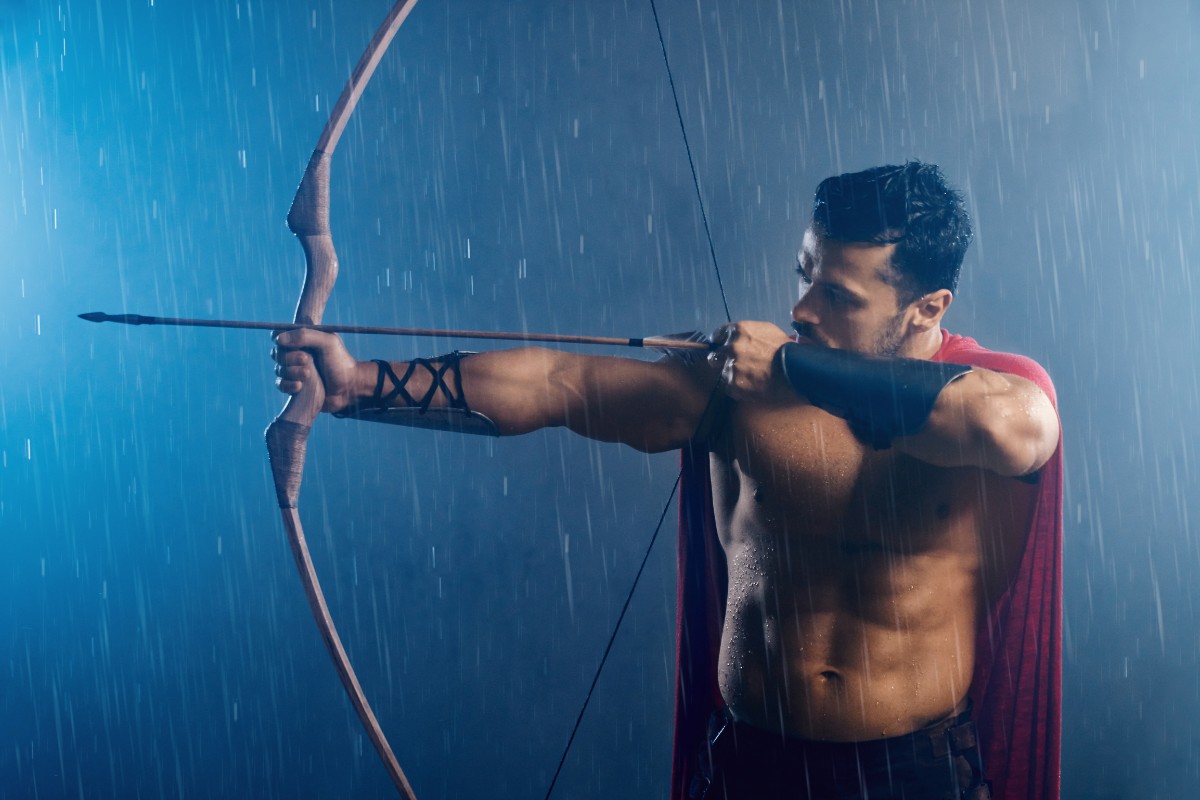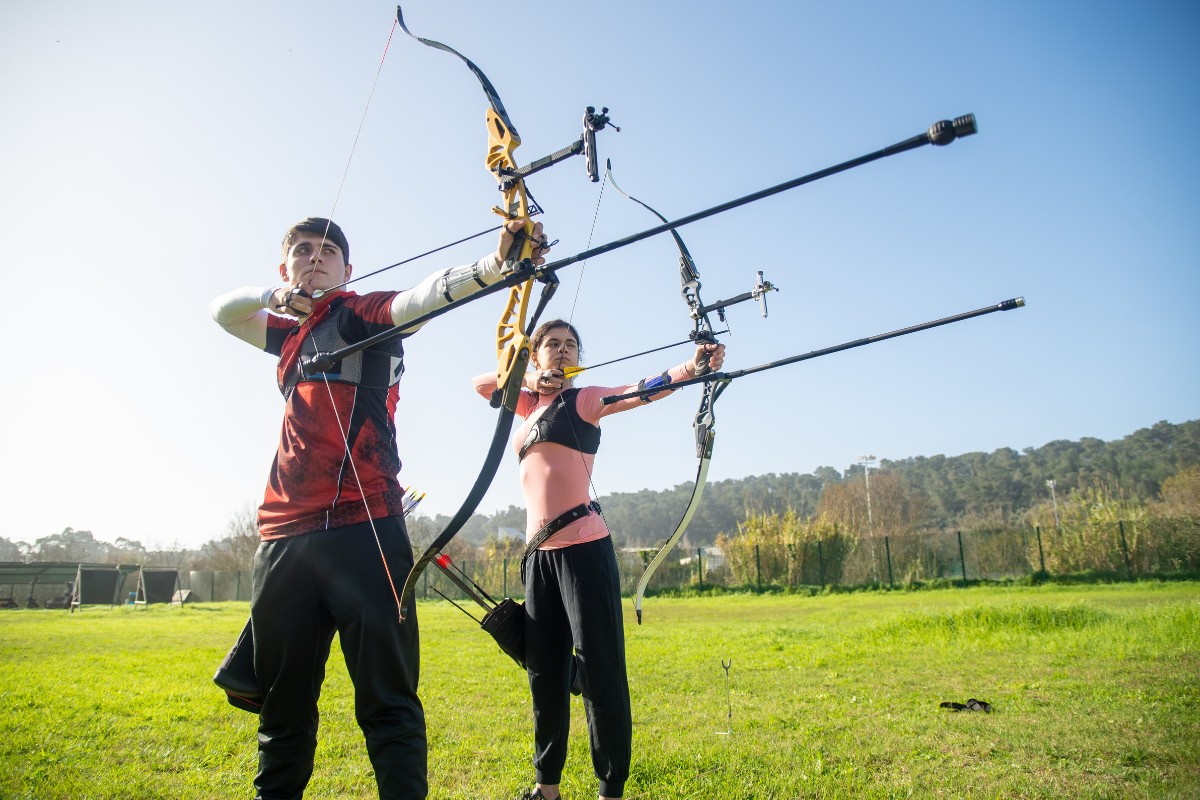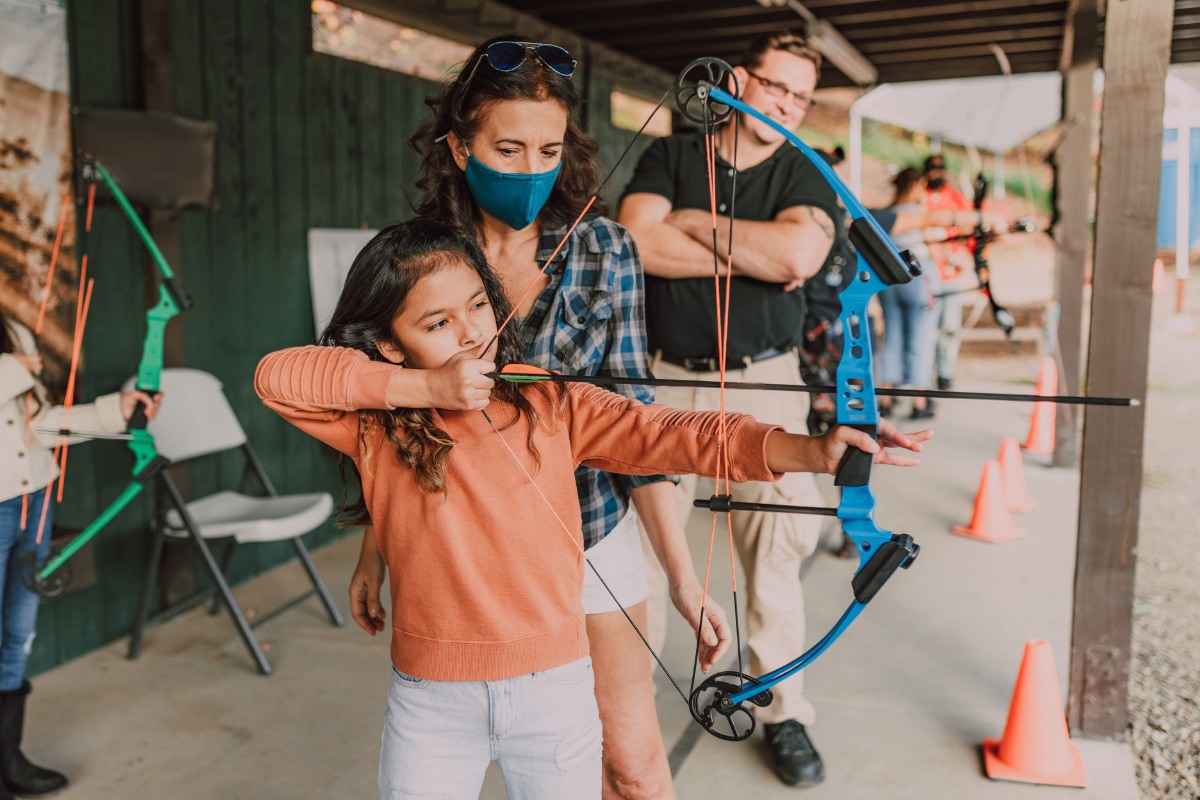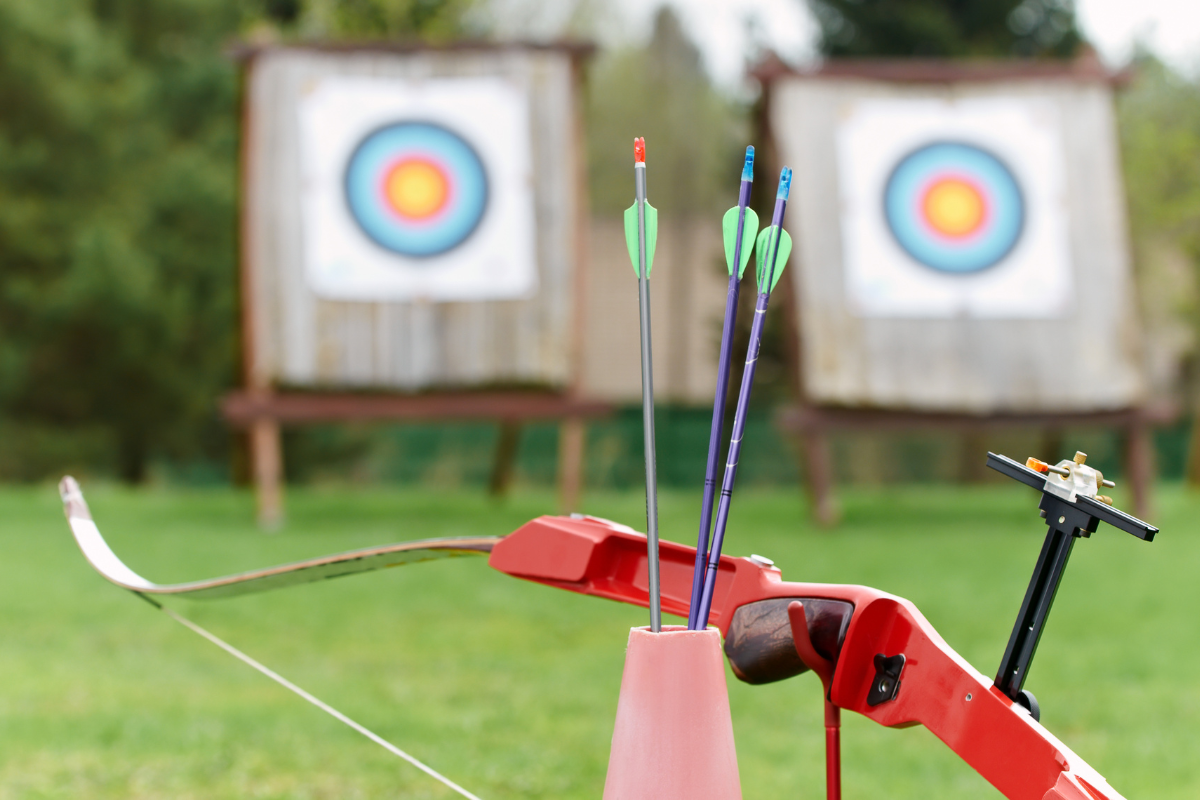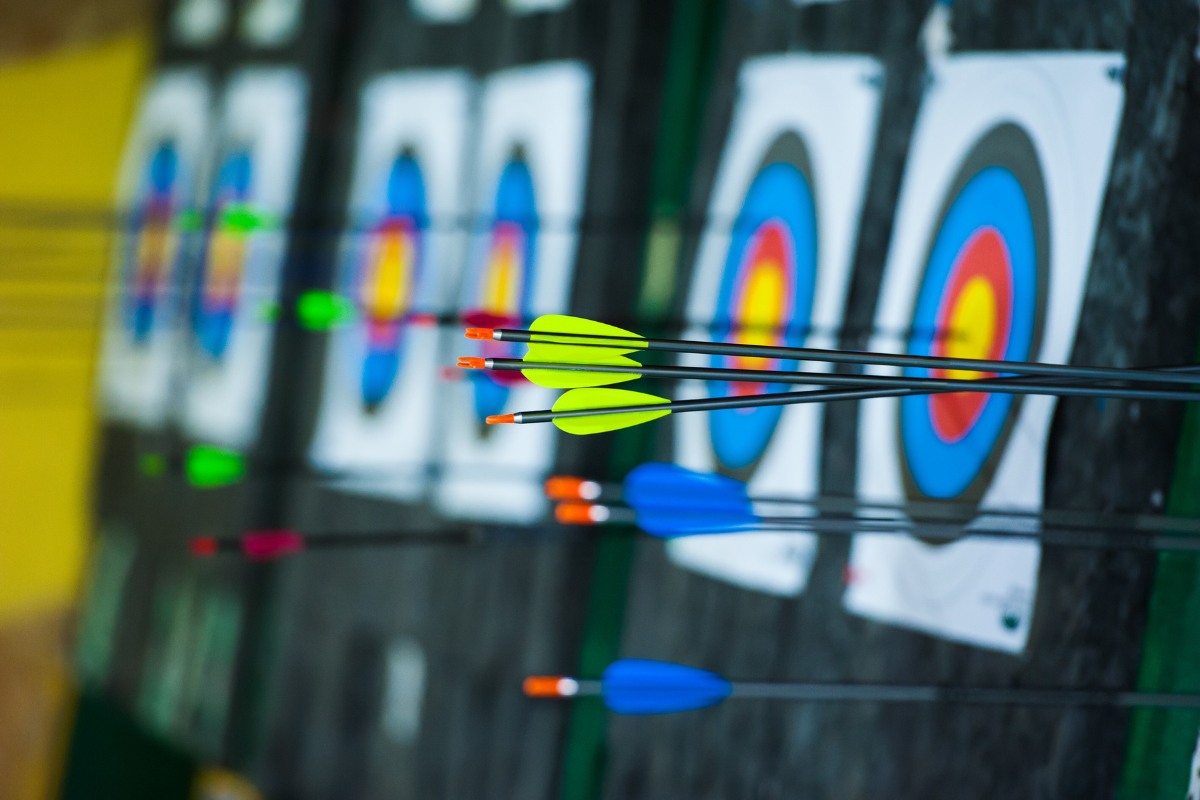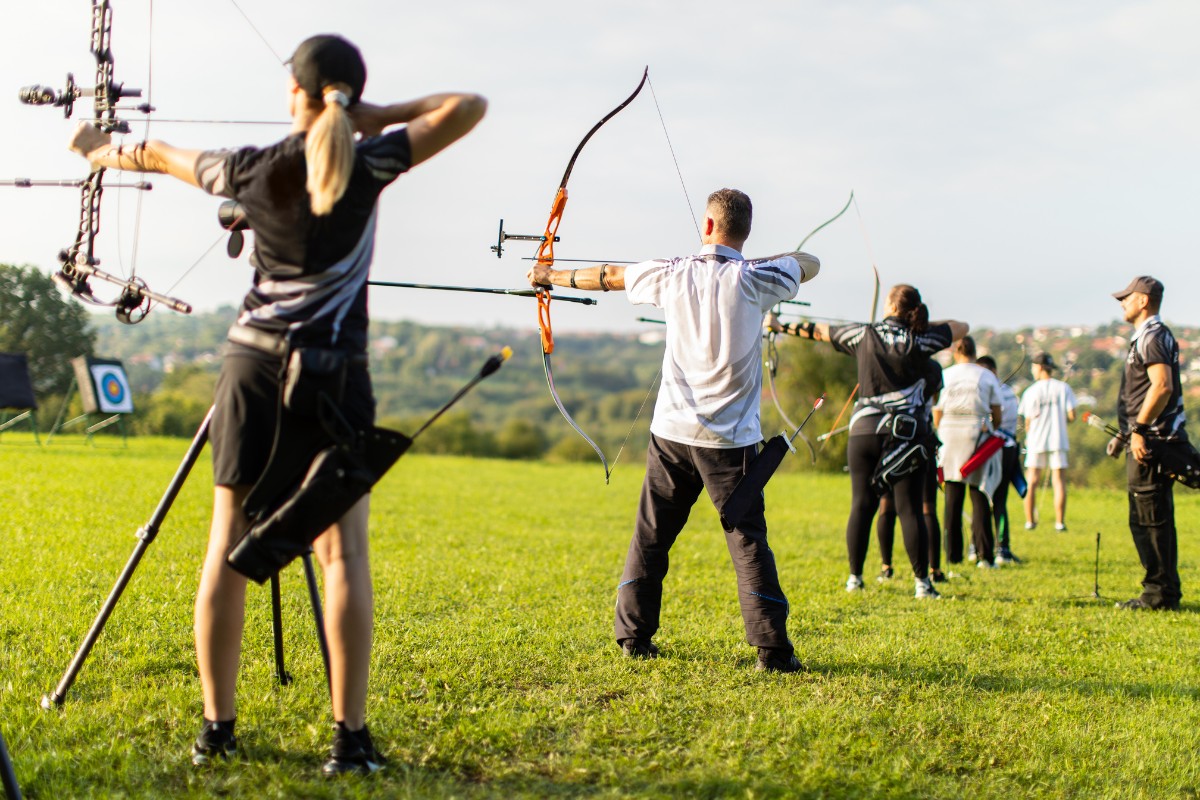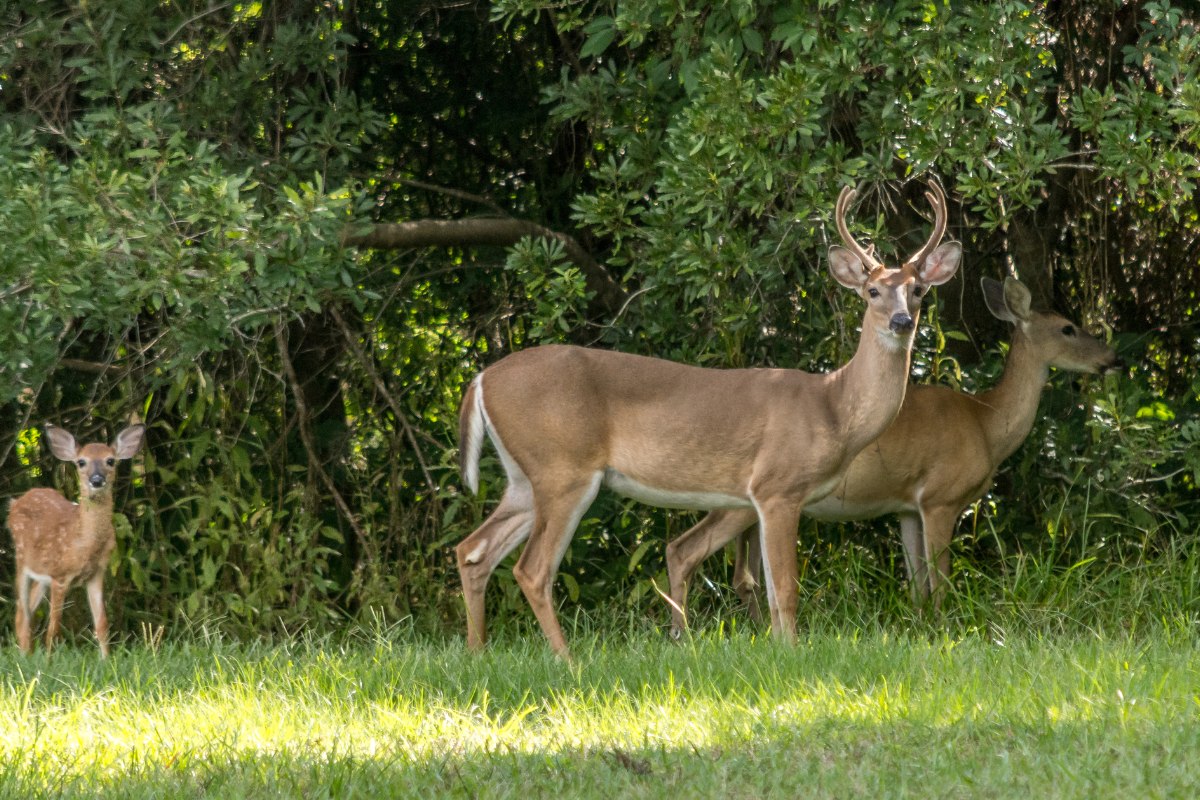It is very unfortunate that we have to skip out on good hunts and/or our much-needed archery practice sessions with all the rain we have been getting lately. We can’t expect the weather to clear up every time we want to shoot, but it is getting almost too hard to wait till the next season.
At this rate, we might just say to hell with it and take our bows out for a spin. But before anything, we have to answer one question: is it possible to shoot bows in the rain?
Is It Possible to Shoot Bows in the Rain
Yes, it is. Shooting in the rain is quite safe, and with proper care, it won’t affect your bow or arrows. There are some things you will have to do differently, of course, but you can still hit the target in the rain.
Wet weather, although such a nuisance to archers, is second to wind when it comes to ruining shots. It is also much easier to deal with, as you will see on completion of this guide. Shooting in the rain comes down to how you and your equipment are prepared. There are a couple of steps you can take and items you can use to make shooting in the rain more pleasurable, as well as assist you in hitting the target. But first, what are the effects of rain?
The Effects of Rain on Archery
Effects of Rain on Your Arrows
There are two ways in which the rain affects your arrows. The first is when you are aiming, and the second is when your arrow is in flight. In the former, the rain adds extra weight to the arrow, especially if your arrows have feather fletchings. A heavier arrow will require more energy and power to shoot.
The rain hitting your arrow while in flight leads to it hitting below the target. Both of these effects have their recommended solutions further down the guide.
Effect on Your Performance
While shooting in the rain, it is advisable to lower your expectations because things react differently when wet. The arrows become heavier, and if the strings are not well cared for, they lead to a clumsy shot. On top of that, it gets very hard to see both through your now wet sight and the target at a distance as your vision is obscured.
If a single change in your form during clear weather affects your performance, you can just imagine how much rain will affect it. You will have to use more energy to draw and release and also shoot faster than you would in clear weather.
Don’t get me wrong; shooting can affect your form tremendously. But when Peter Elzinga broke and set a new world record of 1419 out of a possible 1440 points while it was raining, it proved to us that we can actually improve our performance in the rain. It may take several practice sessions in the rain, but once you perfect it, you will have quite an advantage over other archers.
Effect on Your Equipment
The rain has very little to no impact on your equipment. Most compound and recurve bows are made of plastic or aluminum, so they can’t get affected by moisture. Wooden bows are generally coated with fiberglass or other coatings, so they also function in the rain well. If not, there are products, as discussed further below, that you can use to coat your bow temporarily.
Bowstrings are usually waxed to prevent sucking in moisture. If yours is not waxed for some reason, there are a number of DIY tutorials that explain how you can go about it. Just remember to slightly pluck your string a couple of times to remove the water droplets before nocking. The other ways that you can use to minimize the effect of rain on your equipment are discussed below.
Tips for Shooting Well in the Rain
The following few tips will assist you in getting the most out of your shooting session in the rain and minimize the damage to your gear while at it. There are two categories to them: the technical tips and the general tips.
Technical Tips
Since archery is all about form, these technical tips are focused on helping you maintain your form.
Use Accessories
You may find that the only reason your favorite archer is so comfortable shooting in the rain is because of shooting accessories. There are several that you can use. At the very least, you can cover equipment such as arrows when you are not using them with a plastic bag.
There are also limb savers that you can use to protect your bow. They generally go over the top and/or bottom limb, with some working when the bow is unstrung and others when strung. If you wouldn’t mind spending extra, you can go for the product ‘Plasti-dip.’ It is a thin liquid coating that you pour over and around your bow, and it dries fast. It keeps whatever is under it safe from moisture and adds zero weight to the bow.
Keep Your Peep Sight Dry
If you cannot shoot without a sight, once it gets wet, your accuracy is over and done for. The solution to this is quite simple. Use a tiny towel or cloth to cover the sight. You will need magnets to hold it in place so it doesn’t fall off or get wet as you are walking around.
You can use cans of compressed air to dry it if it gets wet.
Shoot Fast
As mentioned above, wet and heavy arrows are much slower than dry and light ones. That said, you should try as much as you can, once you take out your arrows from the plastic bag and fully draw, to minimize your aiming time. This is especially true if you use arrows with feather fletchings.
Another technique for hitting the target in the rain is gap shooting. Gap shooting is a technique for compensation, where you aim a little higher than the target. This compensates for the arch lost due to the rain hitting and pushing the arrow down as it moves.
General Tips
The tips below are geared towards you, the archer. They aim to keep you comfortable for shot consistency as you develop your “rain form.”
Keep Yourself Dry
It goes without saying that shivering will completely ruin your shot. Besides, going home with a pair of wet socks is such a miserable way to end your day. The only way you can keep yourself completely dry and warm is by using a raincoat and a pair of boots. A hat or umbrella may also be handy in stopping the rain from hitting your face and eyes. It is especially useful if you wear glasses.
For all wearables, you can take a look at golf gear as they are generally form-fitting and allow you to move freely. There are several waterproof golf shoes that you can try out.
When selecting a raincoat, you should go for one that fits you snugly, especially at your arms. If the one you already have is baggy at the hands, you can strap it down using thick rubber bands or Velcro. If you have the time, test it before using it in the rain.
A good pair of boots won’t only keep your feet dry; they give you added traction as well.
Hand Protection
Proper hand protection enhances your grip as well as protects your fingers. To prevent your hands from becoming numb and weak, you should pack a pair of waterproof gloves. If you shoot using a finger tab, make sure you pack an extra one because once it gets wet, it will compromise your grip and ruin your shot.
Related Questions
Are There Bow Materials That Are Better Than Others at Handling Moisture
Yes, and no. Even though materials such as aluminum and plastic are better at handling moisture than wood, it all comes down to the type and quality of finish. For instance, bows with a fiberglass lamination work excellently in all types of weather. The fiberglass can be a coating all around the bow or can be at the back and the belly only. They usually have cores made of wood, but water can’t get to it.
If your bow is made of wood and not backed, you have to take caution. “Backed” bows are those that have a layer of fiberglass or sinew to the backside—the side facing away from you as you draw. Such will allow the porous nature of the wood to take over, especially if proper care as prescribed above is not taken. The type of bow or wood doesn’t count as much as the applied finish.
What Do I Do When My Bow Starts to Get Damaged from Moisture
Simple, take it to a bow shop and have an expert look at it. The cost of replacing parts is nothing compared to the damage they can cause.
Final Thoughts
After shooting in the rain, you should make sure all your equipment is clean and dry. Wipe down the string and the bow because leaving the water to sit on it for long will weaken it in the long run. After you have dried it completely, rub some oil on the screws to prevent build-up or rust.
Afterward, leave it in an open room that has no humidity to dry. You can even put it in your bow case or hang it up to dry. In this way, it will be ready and waiting to function perfectly the next time you take it out for a spin, whatever the weather.
